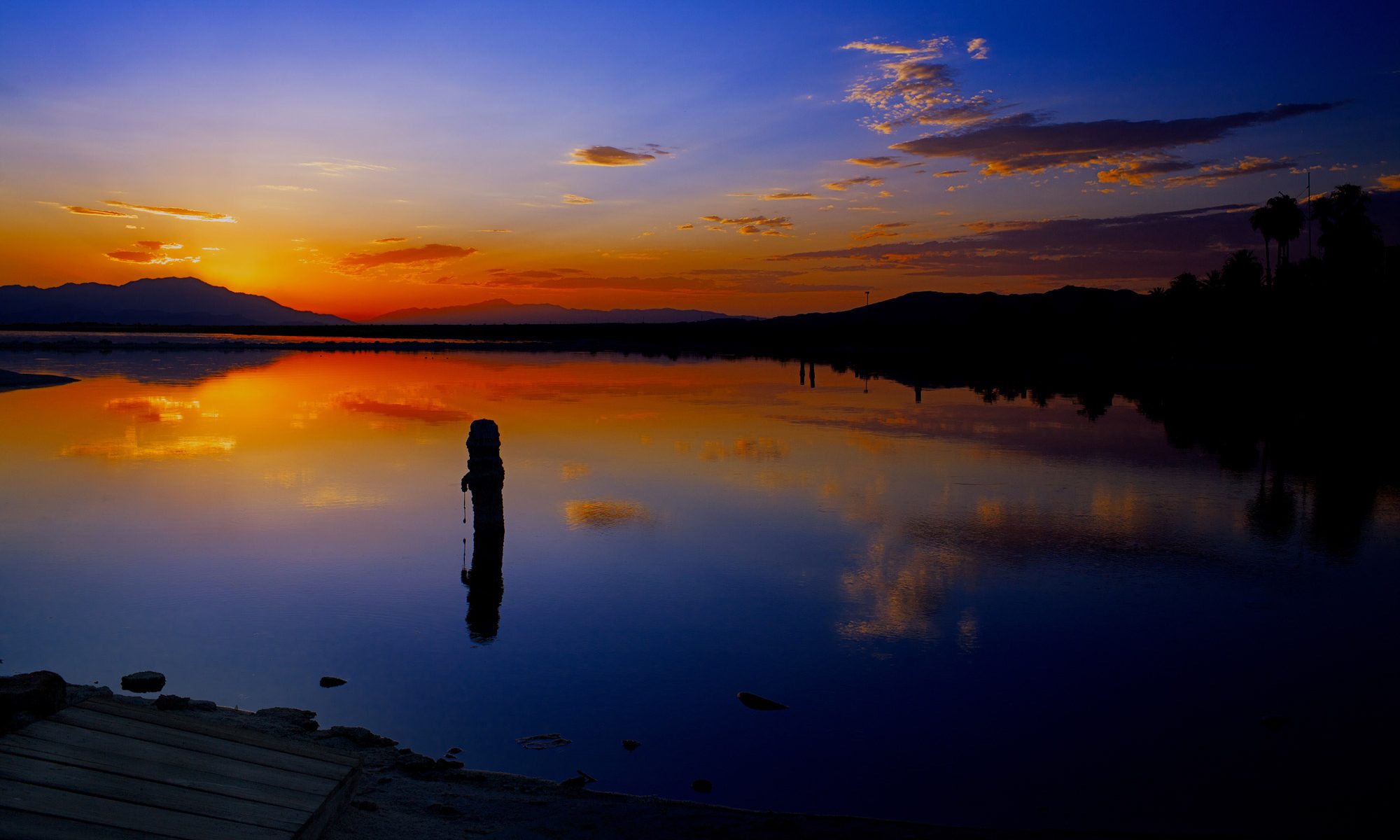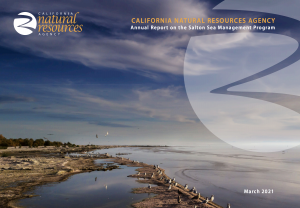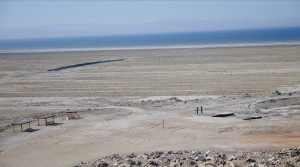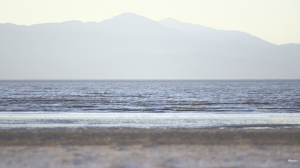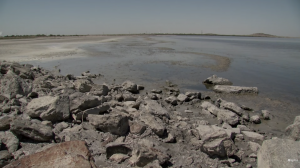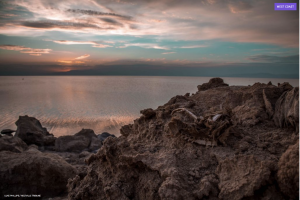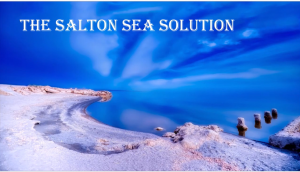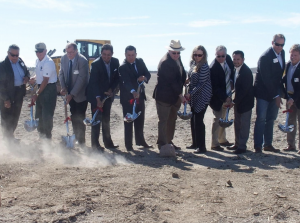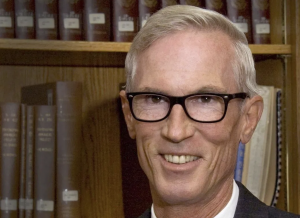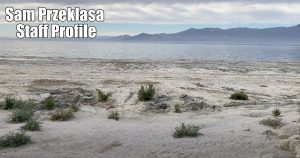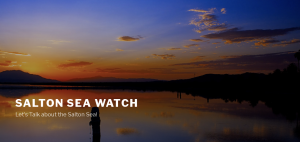PROJECT TEAM This Annual Report was prepared by staff from the California Natural Resources Agency (CNRA), California Department of Fish and Wildlife (CDFW), the California Department of Water Resources (DWR), the California Air Resources Board (CARB), and the following consultants supporting the Salton Sea Management Program: Cardno, ESA, and Tetra Tech.
ACKNOWLEDGMENTS We acknowledge data, maps and photographs provided by the various organizations working in the Salton Sea, including the Imperial Irrigation District, Sonny Bono Salton Sea National Wildlife Refuge, Audubon California, and the Oasis Bird Observatory.
EXECUTIVE SUMMARY The Salton Sea Management Program (SSMP) made progress in 2020 toward reducing exposed lakebed and creating habitat at the Salton Sea (Sea). Even amid challenges posed by the global COVID-19 pandemic, delivering projects that improve conditions for residents as well as wildlife at the Sea remains a key priority for the Newsom Administration. The SSMP worked closely with local, State, Tribal and federal partners to advance important work in 2020 and is poised to build on that momentum in 2021.
Project Delivery The SSMP team marked progress by beginning construction on the Species Conservation Habitat (SCH) project, the State’s first largescale project to reduce exposed lakebed and create environmental habitat. Following initial onsite work in late fall, the State’s design-build contractors, Kiewit Infrastructure West Co., began construction in January 2021 on the $206.5 million project located at the southern end of the Sea on both sides of the New River. The SCH project will create a network of ponds and wetlands to provide important fish and bird habitat and suppress dust emissions to improve regional air quality as the Salton Sea recedes. The project will cover approximately 4,110 acres, an increase over the previously estimated 3,770 acres due to an updated design. Construction is expected to continue through the end of 2023. The State team obtained site access to the SCH area in May 2019 and subsequently executed a water use agreement with Imperial Irrigation District (IID) to enable the project. The SCH is anticipated to create as many as 3,000 jobs over the course of construction. INFO
